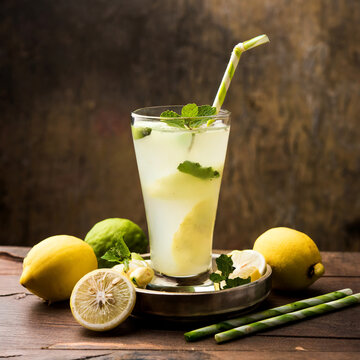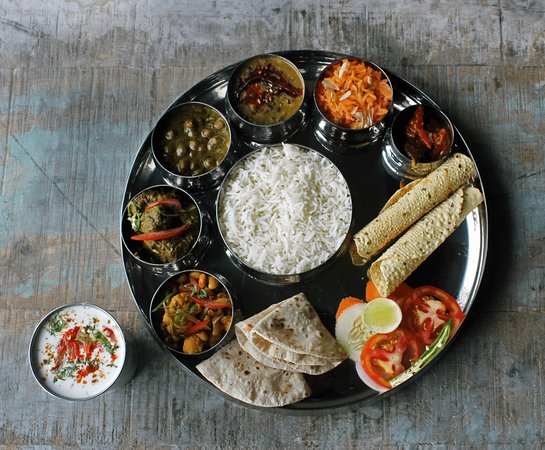Cappuccino (Full)





Description
Cappuccino, with its velvety texture and rich aroma, is a revered beverage that has captivated coffee enthusiasts for generations. In this comprehensive guide, we'll delve deep into the essence of Cappuccino, uncovering its history, nuances, and secrets to brewing the perfect cup.
Origins and Cultural Significance: The roots of Cappuccino trace back to 17th-century Italy, where it emerged as a favorite among coffee aficionados. Named after the Capuchin friars for its resemblance to their brown robes, Cappuccino became synonymous with Italian coffee culture and eventually spread across the globe.
Ingredients and Preparation: To brew a classic Cappuccino, you'll need:
- Freshly brewed espresso
- Steamed milk
- Frothed milk
The preparation involves pulling a shot of espresso, steaming milk to create velvety microfoam, and layering the espresso and milk components to achieve the signature Cappuccino balance.
Crafting the Perfect Cup: Achieving the perfect Cappuccino requires attention to detail, from selecting high-quality coffee beans to mastering milk-steaming techniques. The ideal Cappuccino boasts a rich crema, a creamy mouthfeel, and a delicate foam cap—a testament to the barista's skill and precision.
Health Benefits of Cappuccino: While Cappuccino is primarily enjoyed for its indulgent flavor and texture, it also offers several health benefits, including:
- Antioxidant properties from espresso
- Essential nutrients like calcium and vitamin D from milk
- Natural energy boost from caffeine
- Hydration support from fluid intake
FAQs (Frequently Asked Questions):
What makes a Cappuccino different from other coffee drinks?
- A Cappuccino is distinguished by its equal parts of espresso, steamed milk, and frothed milk, resulting in a balanced and creamy texture.
Can I customize the strength of my Cappuccino?
- Yes, you can adjust the strength of your Cappuccino by altering the ratio of espresso to milk, as well as the type of coffee beans used.
Is Cappuccino suitable for those with lactose intolerance?
- While traditional Cappuccino contains dairy milk, you can opt for lactose-free milk or non-dairy alternatives to accommodate lactose intolerance.
What's the difference between Cappuccino and Latte?
- Cappuccino typically has a higher proportion of foam to milk compared to a Latte, resulting in a thicker and creamier texture.
Can I enjoy Cappuccino without caffeine?
- Yes, you can make decaffeinated Cappuccino using decaf espresso or alternative coffee substitutes.
Is it necessary to use an espresso machine to make Cappuccino?
- While an espresso machine is preferred for authentic Cappuccino, you can still achieve a similar beverage using alternative brewing methods like Moka pot or French press.
What's the best time of day to enjoy a Cappuccino?
- Cappuccino is traditionally enjoyed in the morning as a breakfast beverage, but it can be savored at any time of day as a comforting indulgence.
Can I add flavorings like syrup to my Cappuccino?
- Yes, flavored syrups like vanilla or caramel can be added to customize the flavor of your Cappuccino according to personal preference.
Are there any cultural rituals associated with drinking Cappuccino?
- In Italy, Cappuccino is typically enjoyed in the morning and never after a meal, as it's believed to interfere with digestion.
What's the significance of the foam art on top of Cappuccino?
- Foam art, also known as latte art, is a creative expression by baristas that adds aesthetic appeal to the Cappuccino and showcases their craftsmanship.










